We have an RLC series circuit with sinusoidal voltage source of frequency \$\omega\$. The normal transfer function of current to voltage is: $$ G(s) = \frac{I(s)}{V(s)} = \frac{1}{R+s L+ \frac{1}{s C}}$$
We would like to find out the transfer function for phase shift of current to the capacitance. We can control the capacitance and therefore also control the phase shift.
$$ G(s) = \frac{\phi(s)}{C(s)} = \,? $$
The nonlinear function of phase shift from vector diagram is $$ \phi(C) = \arctan\frac{\omega L- \frac{1}{\omega C}}{R}$$
We could linearize this function with Taylor series, but this equation doesn’t have any dynamics.
Is there a way to get the linearized transfer function (how small step change of the capacitance changes the phase shift of the current) so we can do the stability analysis for a control loop?
We have a black box with a value of capacitance as input and phase shift of the current as the output with RLC circuit inside. Lets now try to do identification of this system. I can set a value (operating point) of the phase shift with the value capacitance. Now I will do small sinusoidal perturbation around the operating point of C at some frequency range, and measure the amplitude and phase shift of the output phi. I know it's confusing phase shift if phi is the phase shift of the phase shift. What I get is the Bode plot and from this, I can approximate the transfer function. This is the transfer function that I want to drive mathematically.
The VCO is controlled with voltage \$ V_{cont}\$, the output frequency of VCO is $$\omega_{out} = K_O V_{cont}, $$ where \$ K_O \$ is the gain coefficient [rad/s/V] and the output phase is $$\phi_{out} = \int \omega_{out} dt = \int K_O V_{cont}. $$ The transfer function VCO is then $$\frac{\phi_{out}(s)}{V_{cont}(s)} = \frac{K_O}{s} $$ Instead of the VCO is the RLC circuit. I also can’t control the frequency like in the VCO, only the phase shift. This is the block diagram of the control system
This is the working principle scheme
Here \$ C(s) \$ is the compensator (regulator, loop filter)
The PLLs are used for measurement of the currents in the main and auxiliary phase, they also have AGC (automatic gain control) to ensure the same amplitudes of the current signals, because I only want to compare the phase difference. What I want to control is the phase shift of the current in the auxiliary phase to the current in the main phase, let's say to get 90 degrees phase shift. I have tested this in a simulation and it works.

